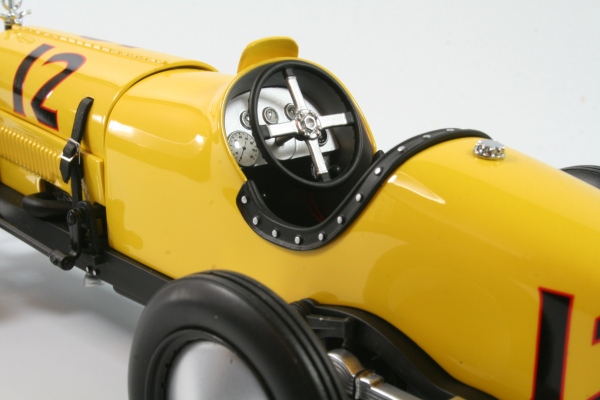20th Anniversary Special Before the Indianapolis Motor Speedway made the Corvette its official Indy Pace Car in 2004 there were a variety of brands that provided vehicles for the race. Pacing the 73rd Indianapolis 500 on May 28, 1989, was the 1989 Pontiac Trans Am, the subject of this week's spot. I found this example... Continue Reading →
1962 Pontiac Grand Prix (Fireball Roberts edition)
Auto World’s Ponty celebrates NASCAR's legendary Fireball .... There are perfect names and nicknames for race drivers, no doubt adding to their mystique and popularity. As a kid I had two early favorites, Jim “Herk” (as in Hercules) Hurtubise and Edward Glenn “Fireball” Roberts. Herk was famous at the Indy 500 and Fireball was a... Continue Reading →
2021 Hyundai Santa Fe Caligraphy
Fourth gen Santa Fe grows into a sharp looker ... Time flies. Hyundai’s Santa Fe SUV proves it. Santa Fe debuted 20 years ago as the South Korean automaker’s mid-size SUV. It was nothing special, just economical and reliable. Hmmm, reminds me of how Toyota, Honda and Nissan started out in this country, except with... Continue Reading →
Die-cast: Replicarz March 86C, 1987 Indy 500 winner
Al Unser's 1987 Indy winner was fresh off a hotel lobby's floor ... If you’re familiar with the Indianapolis 500 at all you know that Al Unser Sr. became a surprise four-time winner in 1987. The bigger surprise though may have been that he did it in a car that weeks before had been on... Continue Reading →
Die-cast: Autoworld 1935 Duesenberg SSJ Speedster
Auto World steps back in time to create a real Duesy ... Growing up in Indianapolis, the early auto world’s hub and home to the Indy 500, I was aware that the Duesenberg name was a big deal. Even though the company that brothers Augie and Fred Duesenberg had built to fame had already been... Continue Reading →
Die-cast: Replicarz’s 1966 Indy 500 winning Lola T90
Replicarz creates sharp 1/18 scale Hill '66 Indy winner ... Graham Hill, a Formula 1 world champion, was the surprise winner of the 1966 Indianapolis 500, just a year after Jim Clark, with the same credentials, had won. But it was Clark and his STP crew that were surprised by Hill’s win, thinking they had... Continue Reading →
Die-cast:1986 March 86C, Indy 500 winner
Rahal's 1986 Bud/Red Roof racer looks a winner in 1/18 scale ... Not to namedrop, but as a young newspaper reporter I was in Bobby Rahal’s garage at the Indianapolis Motor Speedway just after driver Gordon Smiley was killed in a horrific qualification day crash in 1982. It was Rahal’s rookie season and the young... Continue Reading →
Die-cast: Replicarz 1972 McLaren M16 (Revson)
Revson's Indy 500 pole car another Replicarz gem … Peter Revson was a wealthy playboy type, but a talented racer. McLaren was a noted and successful race car maker. Their link-up in 1971 was historic and launched a successful era for both at the Indianapolis 500. Revson, the heir to the Revlon cosmetics fortune had... Continue Reading →
Die-cast: Replicarz’s 1940 & ’41 Indy 500 Maseratis
Latest 1/43 scale Maserati racers are a colorful duo … The late 1930s and early 1940s saw race cars developing quickly into what we would consider modern racers and Wilbur Shaw and his Boyle Special, a Maserati 8CTF, led the way at the Indianapolis 500, but others followed quickly. In 1939 Shaw won the 500... Continue Reading →
Die-cast: Replicarz 1925 Duesenberg Indy 500 winner
Pete DePaolo's Duesenberg is a beauty ... Last time we laid eyes on Replicarz’s 1/18 scale Indy-winning Duesenbergs they were prototypes. Now comes the real deal, and just in time for next month’s 102nd running of the Indianapolis 500. Granted Duesenbergs haven’t been ripping up the Speedway recently, but they were a force in the... Continue Reading →









